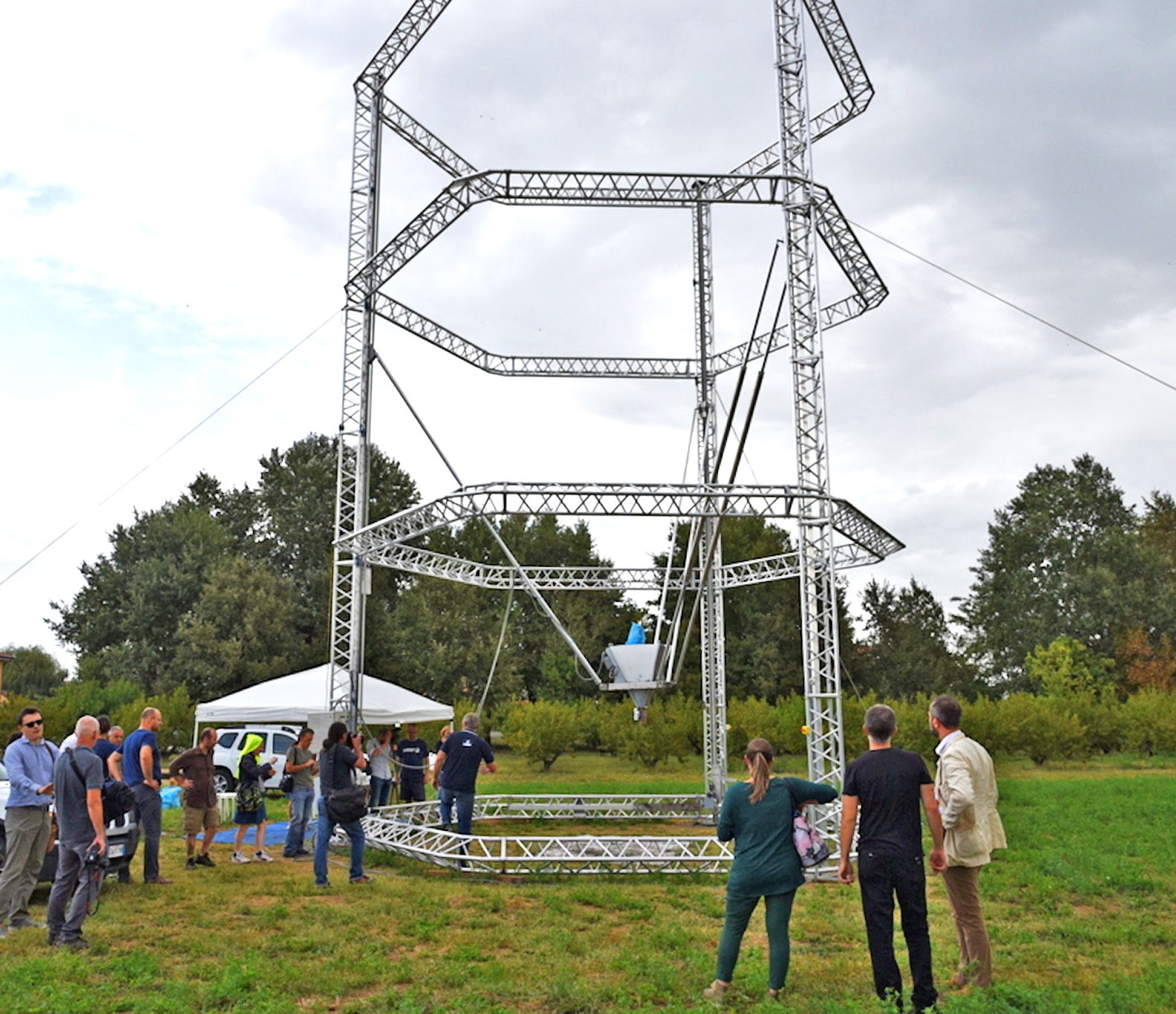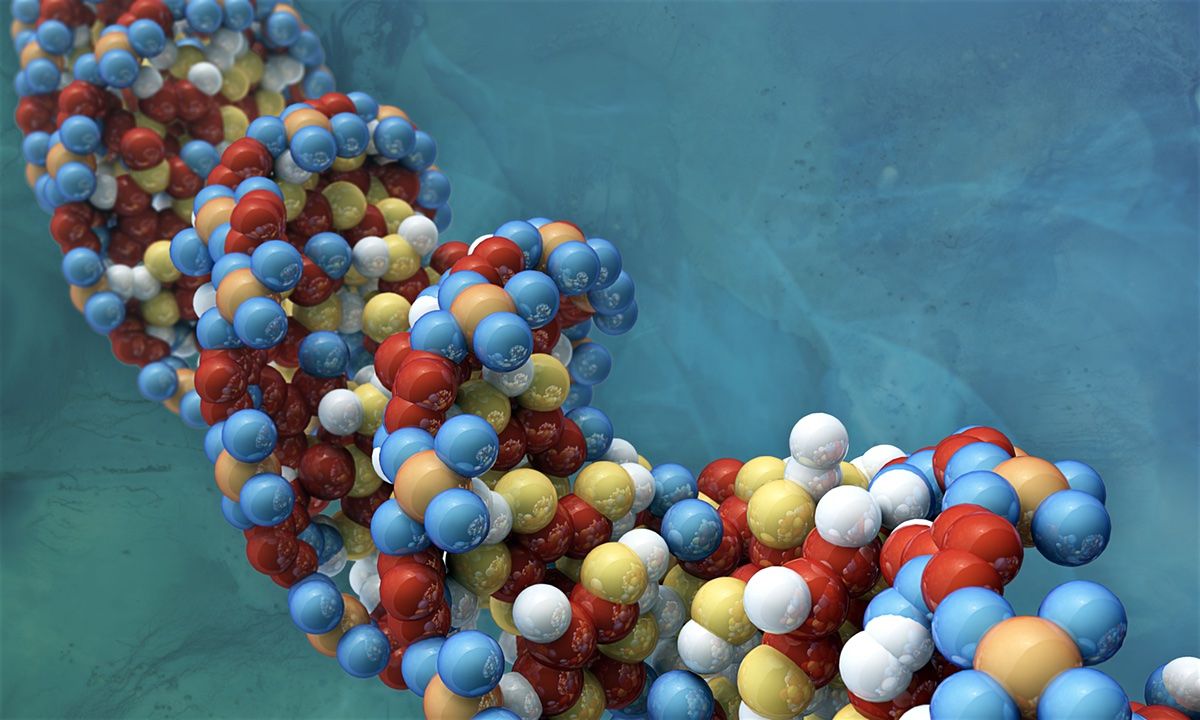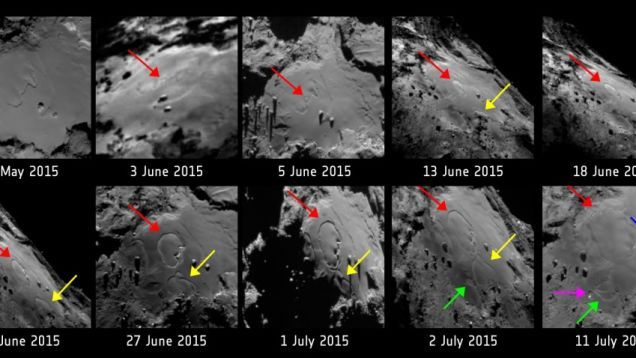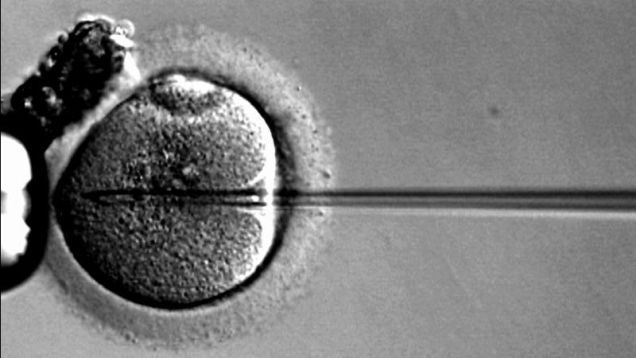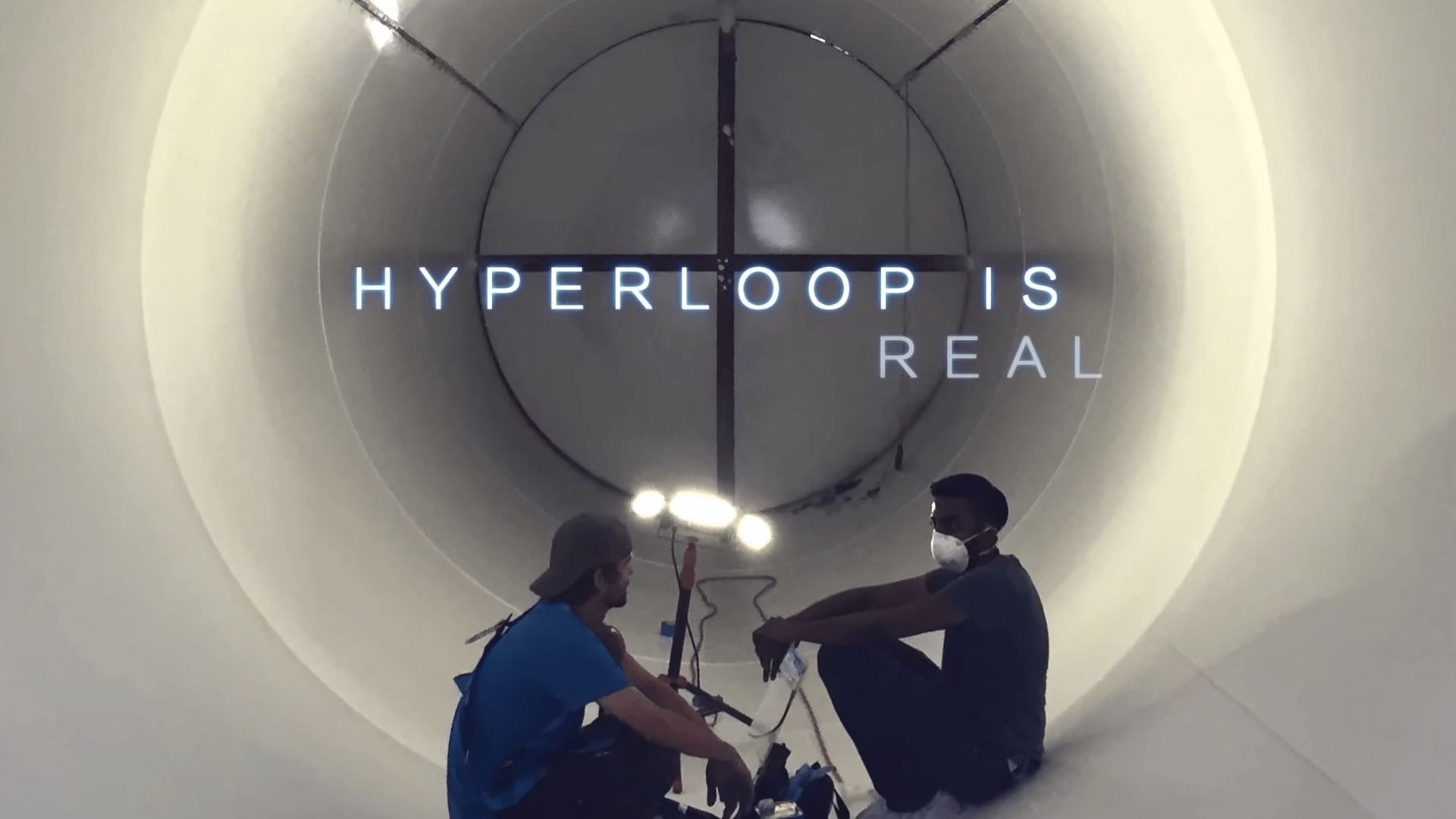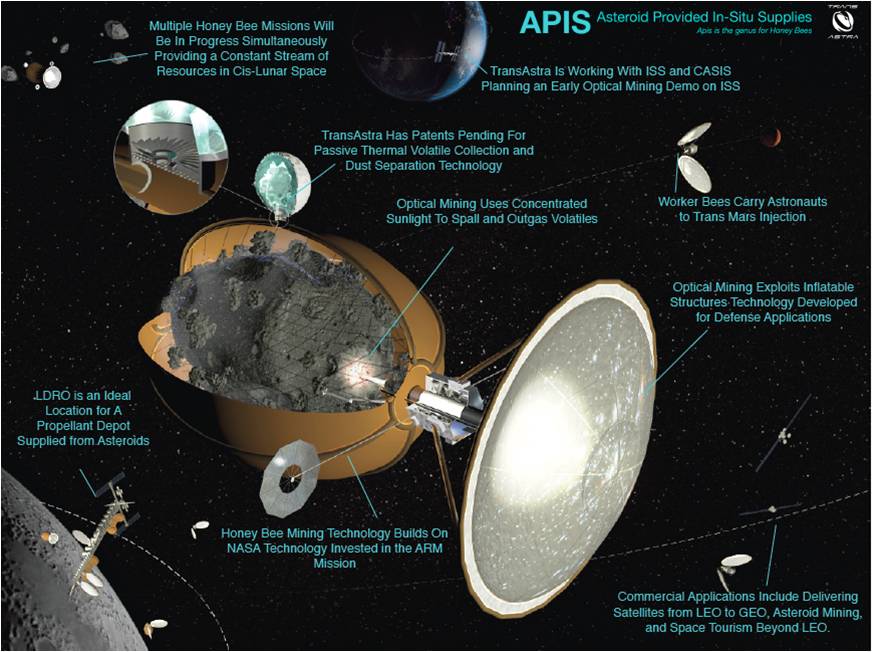Sep 19, 2015
World’s largest delta-style 3D printer can print nearly zero-cost housing out of mud
Posted by Shailesh Prasad in categories: 3D printing, sustainability
The future of affordable (and sustainable) housing may lie with 3D printing. The World’s Advanced Saving Project (WASP) will soon unveil the world’s largest delta-style 3D printer that can build full-size buildings out of mud and clay for nearly zero cost. The massive 12-meter-tall (40 feet) BigDelta printer will make its official debut and show off its eco-friendly printing prowess tomorrow at “Reality of dream,” a three-day event in Massa Lombarda, Italy.
